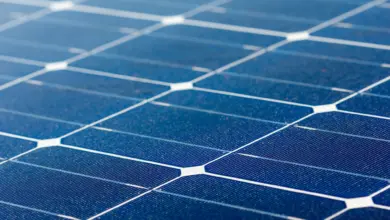Different metals require different settings. Certain metals are consistent; for example, stainless-steel is consistent. In general, once you have optimized settings for stainless-steel, those settings will be bulletproof across different types and thicknesses of stainless-steel. Different metals behave differently. For example, aluminum is a metal that does a better job of dissipating heat. Since this is a slow process where you put a lot of heat into the metal, aluminum has to run much slower than stainless-steel. Almost everything runs slower or similar speeds to stainless-steel, which is the most common metal.
If you switch to aluminum or some type of brass, optimize your settings as it might not be the same as it was for stainless-steel. When you do this type of marking, err on the side of going too slow. There’s essentially no risk side to go too slow; the only cost is your time, but the amount of time that’s incurred in going slow is pretty minimal. The risk side is going too fast, and that’s when you could see the mark not sticking and coming off after washing.
—Enduramark




